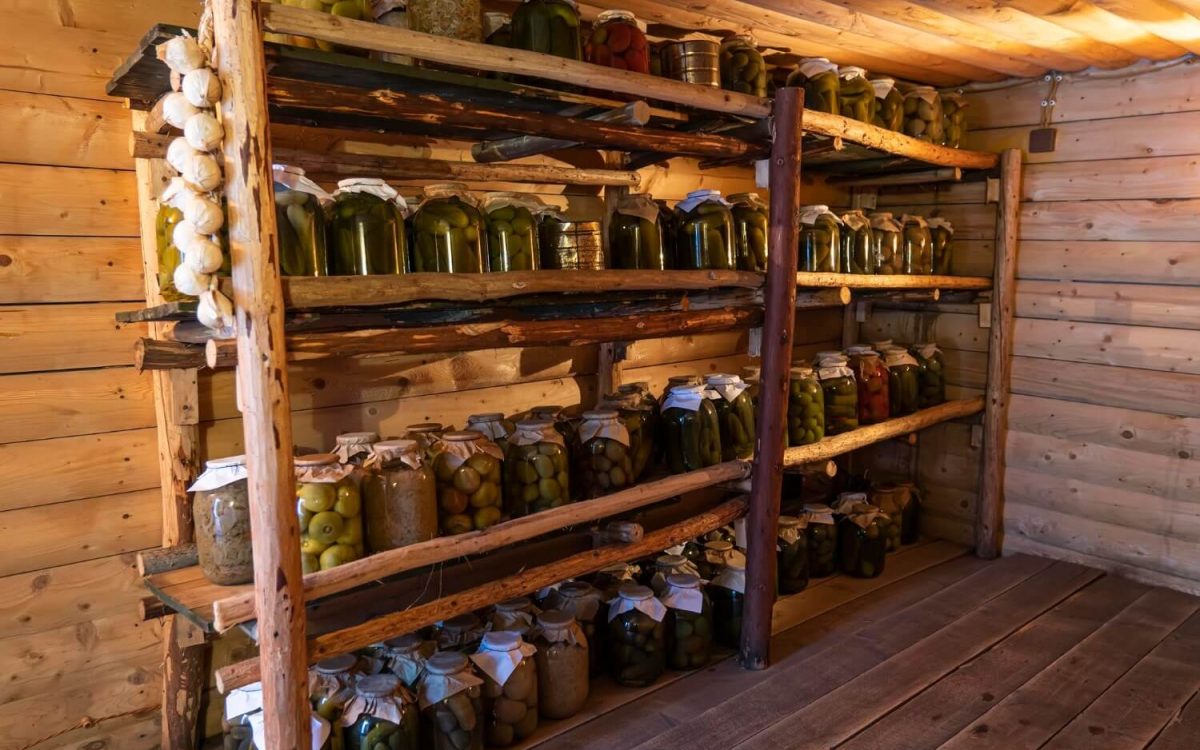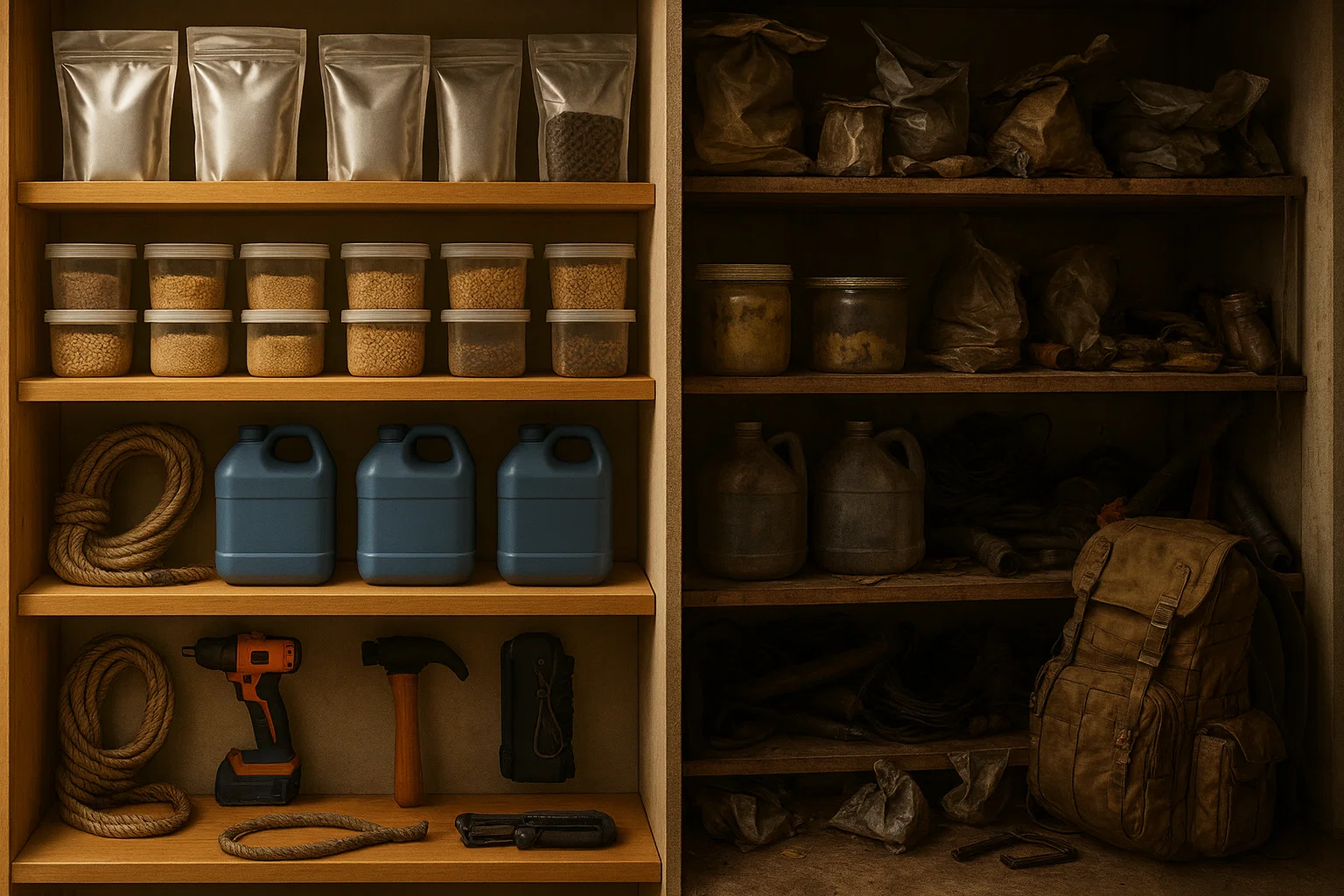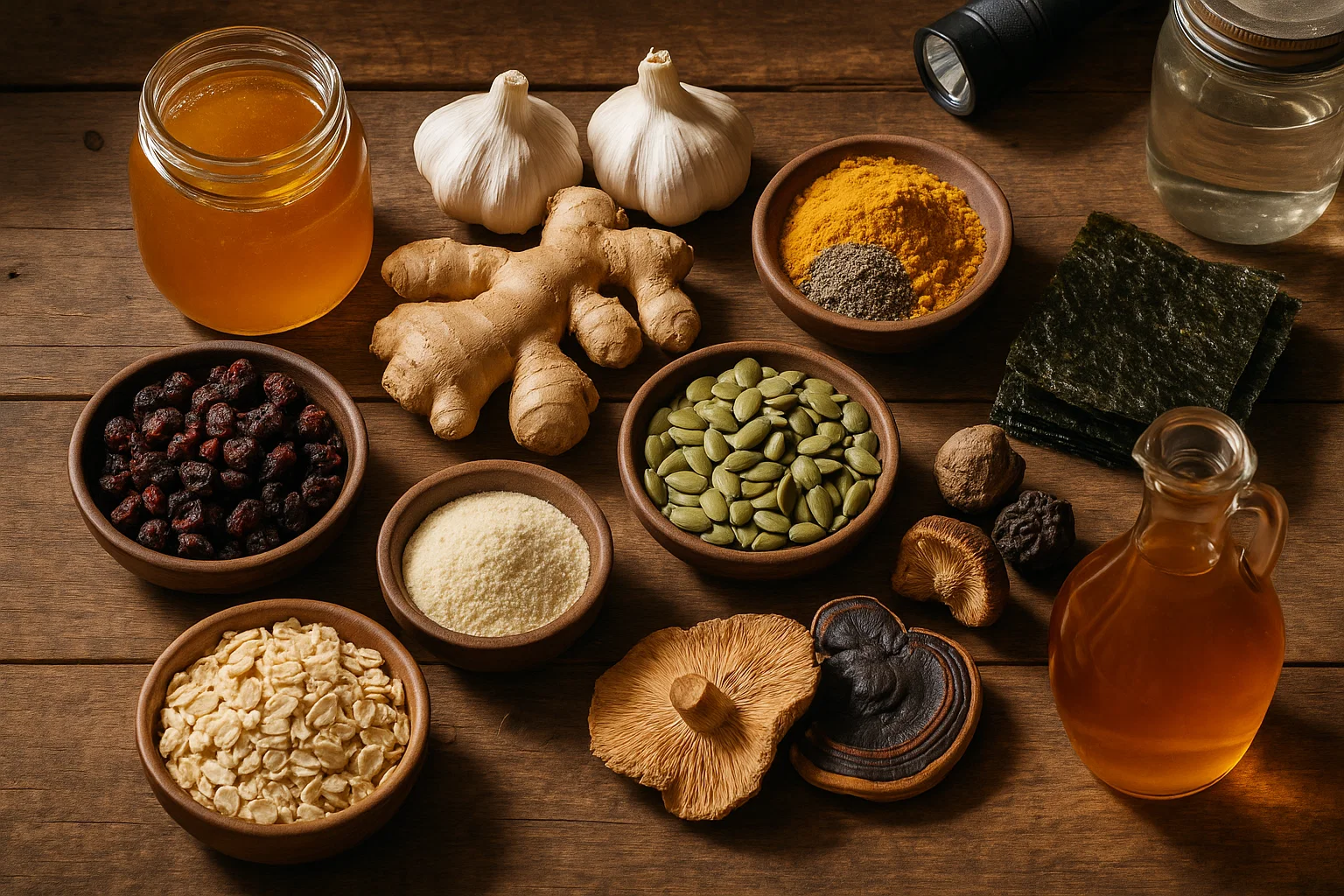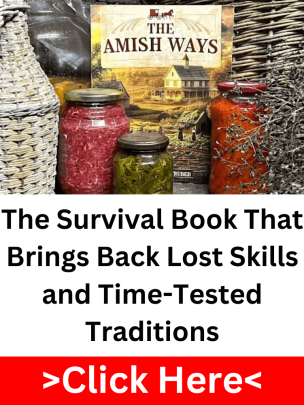When most folks start building their emergency food supply, they stick to the usual suspects, rice, beans, and stacks of canned goods. These basics are reliable, so there is no doubt about them. But the truth is, when a real crisis hits, those shelves clear out faster than you can blink. Anyone who’s lived through a storm panic or supply chain crunch has seen it firsthand. You walk into the store, and the essentials are gone. It leaves you realizing just how vulnerable our modern food system is.
That’s why smart preppers don’t just stop at the basics. There’s a whole world of survival foods nobody talks about, quiet, dependable pantry staples that don’t get the same attention but can make all the difference when things go sideways. These foods tend to fly under the radar, which means fewer people are grabbing them in a rush. Even better, many of these long-shelf-life survival foods pack more nutrition than the common choices, and they can keep you going when supplies run thin.
In this article, we’re going to uncover those hidden gems. Not the flashy, overpriced survival rations, but the every day, old-fashioned survival foods that work just as well, sometimes even better. These are the forgotten survival foods that kept generations alive before modern conveniences, and they’re still just as valuable today. Stick with me, and by the end, you’ll have a list of survival foods nobody talks about, but that you’ll be glad to have in your pantry when it counts.
Pemmican
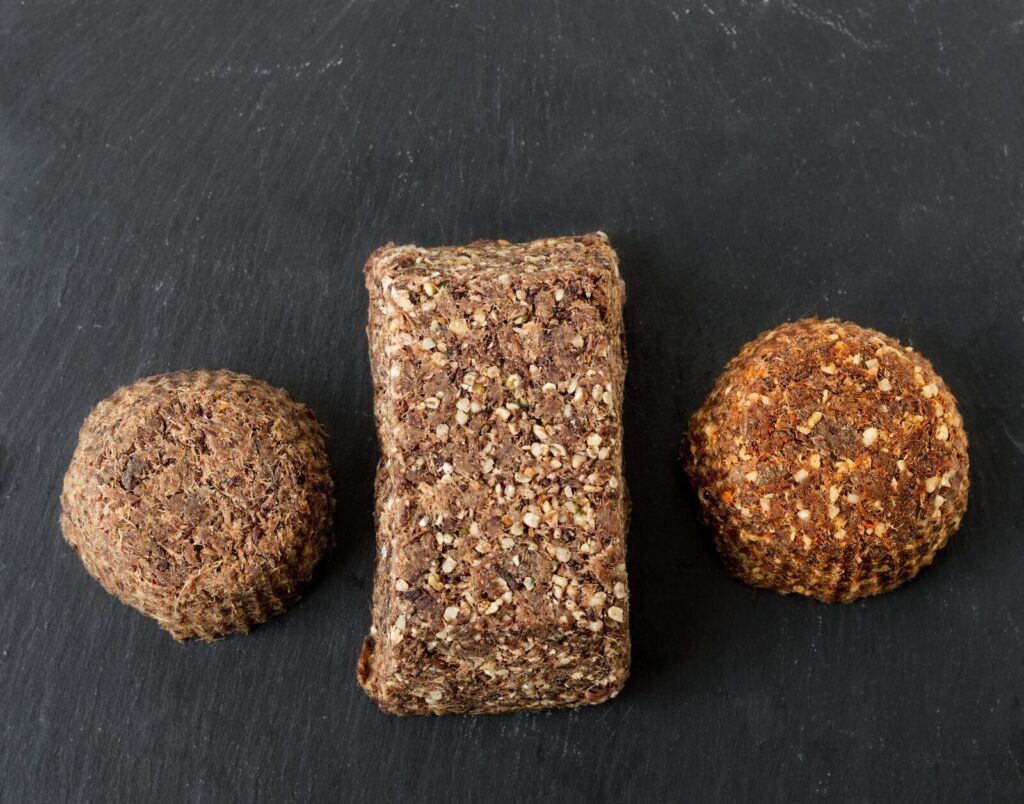
When you’re looking for survival food that truly pulls its weight, pemmican is hard to beat. This stuff is a powerhouse of nutrition, packing fat and protein into a compact, shelf-stable form that lasts for months, sometimes even longer if you store it right. What makes it stand out from other survival foods nobody talks about is its balance of energy sources. While carbs are easy to come by, protein and fat are what keep you going in hard times, and Pemmican delivers both in spades.
Pemmican’s been around a long time, and for good reason. Native American tribes and early frontiersmen counted on it to get through brutal winters and hunting seasons when food was scarce. Trappers and pioneers didn’t pack it just for the heck of it, they carried pemmican because it kept them going through long, punishing days in the wild. Back then, there weren’t any fancy freeze-dried meals or vacuum-sealed snacks. They had pemmican, and it worked. That kind of proof isn’t something you find with just any survival food.
But what makes Pemmican stand out is how handy it is. You can eat it straight as a quick, high-energy snack, crumble it into soups or stews for extra fuel, or stash it in your bug-out bag for those just-in-case moments. It’s lightweight, stores easily, and doesn’t need to sit in the fridge, exactly the kind of thing you want in your stockpile. Honestly, when you’re laying out your supplies, this is one of those forgotten survival foods that deserves a spot near the top of the list.
Acorns
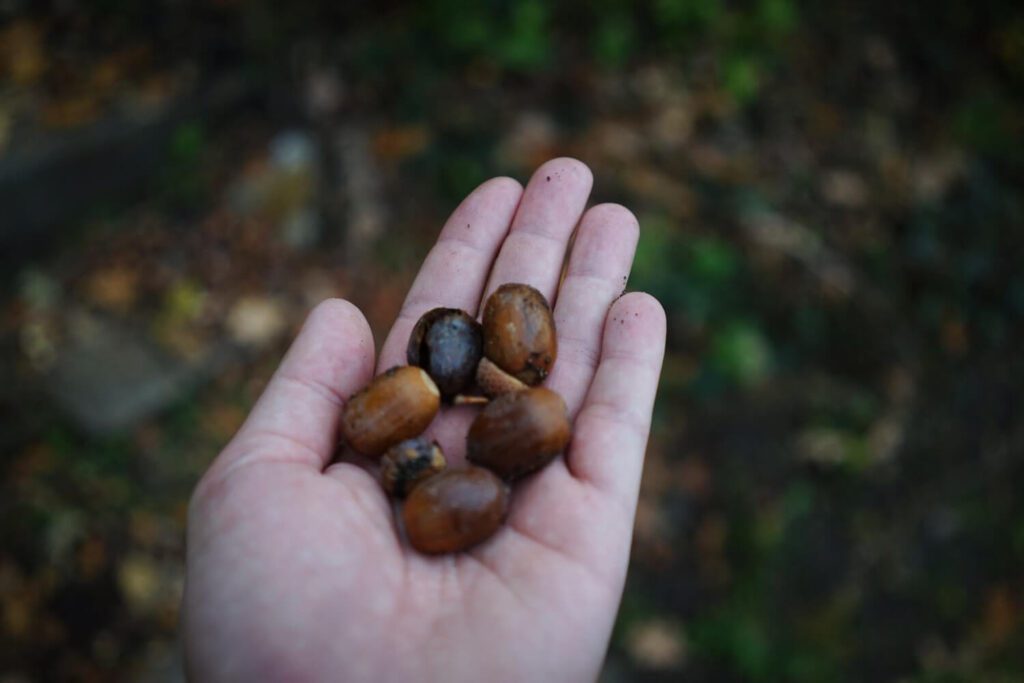
Most people overlook acorns, assuming they’re just squirrel food. But truth be told, acorns are one of those survival foods nobody talks about, yet they’ve been a reliable calorie source for centuries. Packed with carbohydrates and a decent amount of fat, acorns were a staple for many Native American tribes who knew exactly how to turn this humble nut into hearty meals. What makes them so valuable is that they’re free for the taking if you know where to look, and they’re plentiful in many parts of the country, a forager’s dream when supply lines go down.
Of course, acorns need a little work before they’re ready to eat. Raw, they’re packed with tannins that make them bitter and tough on the stomach, but a proper leaching process washes those out. Once that’s done, acorns can be ground into flour and used to bake bread or thicken stews, giving you a steady supply of nutrition with long storage potential. If you’re serious about building a pantry of old-fashioned survival foods, having acorn flour on hand is a smart move, it’s natural, shelf-stable, and available in your backyard.
Hardtack
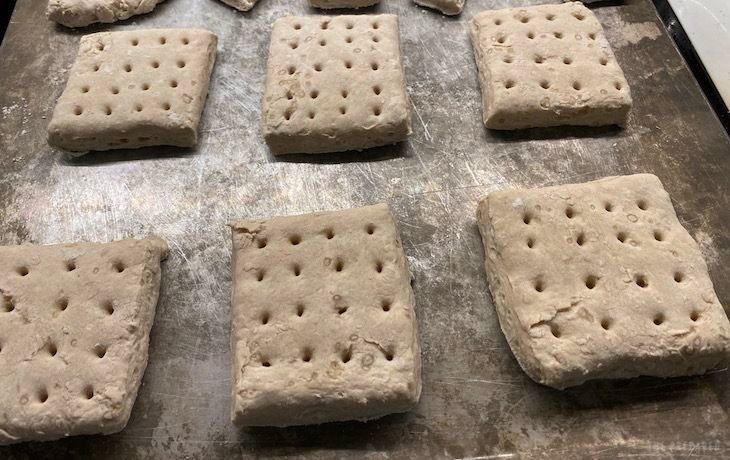
If there’s one food that’s stood the test of time in survival history, it’s hardtack. This tough-as-nails biscuit has been feeding sailors, soldiers, and pioneers for centuries. What makes it part of the survival foods nobody talks about is its simplicity and almost unbelievable shelf life. With just flour, water, and a pinch of salt, you can bake hardtack that lasts for decades if kept dry. No refrigeration, no fancy equipment, just old-fashioned, rugged survival know-how.
Hardtack isn’t gourmet, and it’s not meant to be. Its purpose is simple: provide calories when there’s nothing else around. During hard times, it works as an emergency filler food that can keep you going when fresher supplies run out. Travelers and explorers packed it because they knew it would survive the journey just as well as they would. In survival situations, a few pieces of hardtack tucked away in your gear can be the difference between having something to eat or going without.
While it’s notoriously hard on the teeth when eaten dry, hardtack becomes much more manageable when you soften it in soups or stews. It soaks up the flavor and adds body to your meals, making it a dependable option among long-shelf-life survival foods. In a pinch, you can even crumble it into water or broth to create a quick, filling porridge. It might not win any awards for taste, but when you’re fighting to stay fed, hardtack earns its place at the table.
Coconut Oil
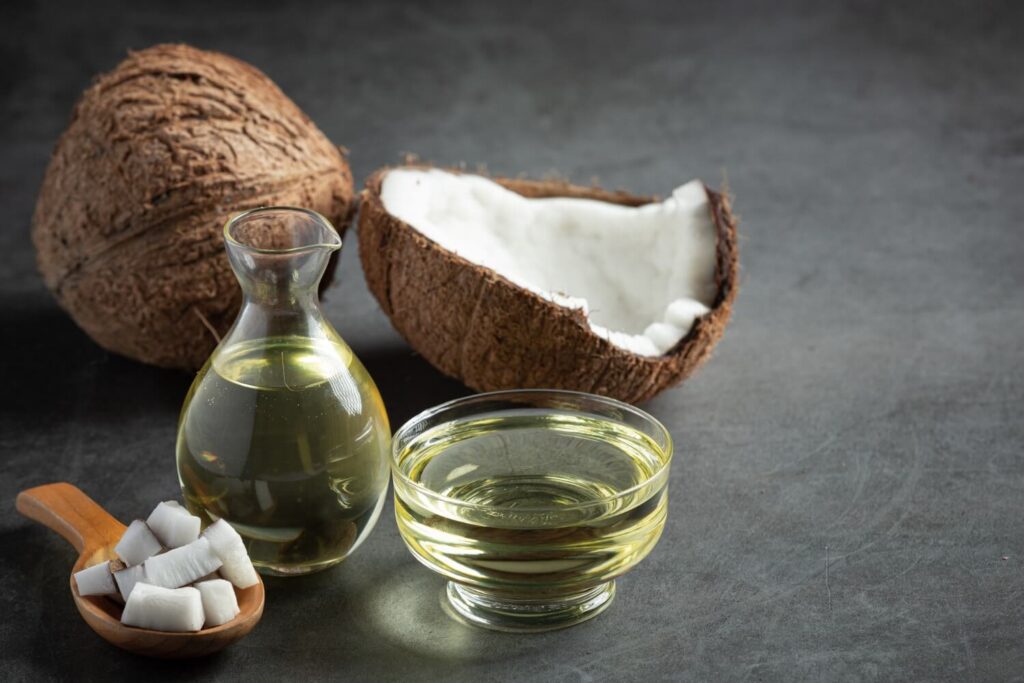
Coconut oil doesn’t usually make it to the top of survival food lists, but honestly, it deserves a whole lot more credit. It’s one of those survival foods nobody talks about, quietly doing more heavy lifting than most folks realize. Packed with healthy fats, it’s the kind of fuel your body craves when you’re running low on supplies. Regular cooking oils? They tend to go rancid before you know it. But coconut oil hangs in there, often staying good for a couple of years if you keep it in a cool, dark place. And when things get rough, those extra, clean-burning calories can make all the difference.
What makes coconut oil shine, though, is how many jobs it can handle. Of course, it’s great for cooking, frying up wild greens, or adding a splash of energy to basic meals, but it does a whole lot more than that. Coconut oil pulls its weight as a natural preservative, helping stretch the life of your homemade survival food recipes. And when supplies are tight, it even doubles as an emergency first aid salve for cuts, burns, or dry skin. If you’re looking to build a pantry that’s built for the long haul, this is one of those quiet essentials you’ll be glad to have tucked away.
Powdered Eggs
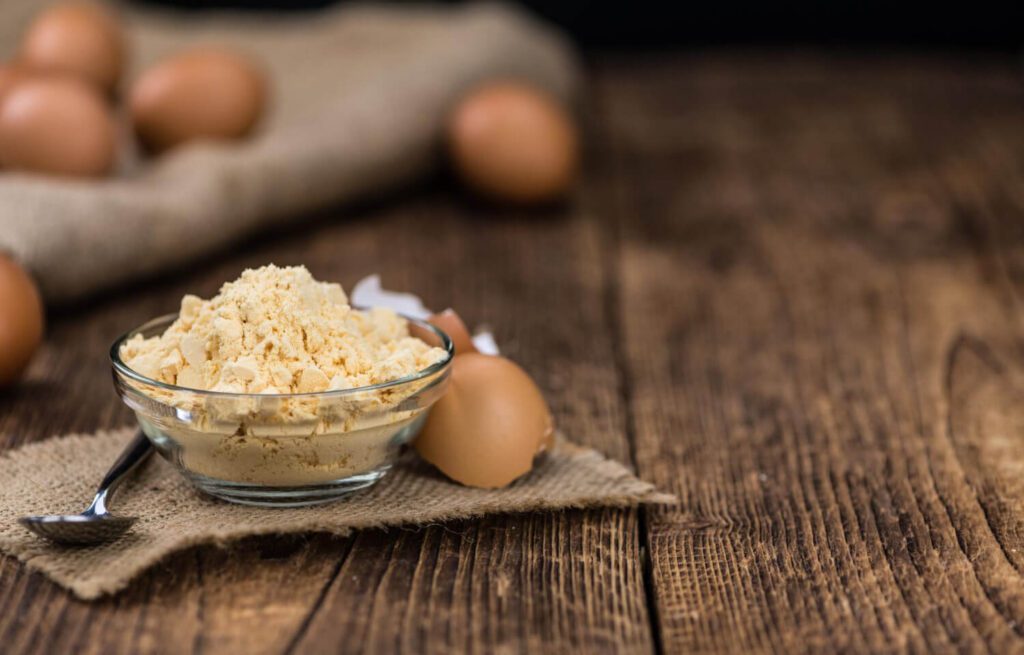
Protein is gold in any survival situation, and powdered eggs are one of the smartest ways to stock up on it without stressing over spoilage. These things are simple but solid, real eggs that I’ve dried down into a shelf-stable powder, and if you keep them cool and dry, they’ll last for years. You don’t have to worry about cracking shells or finding fridge space. That’s exactly why they belong in the lineup of survival foods nobody talks about, they quietly deliver high-value nutrition long after the fresh stuff is gone.
Using powdered eggs couldn’t be easier. Add a little water, and you’ve got eggs ready to go, scrambled, baked into something hearty, or mixed in to bump up the protein in just about any meal. When you’re in survival mode, flexibility is worth its weight in gold, and powdered eggs give you plenty of it. Whether you’re cooking up homemade survival food recipes or just stretching your pantry a little further, these eggs help keep your meals balanced and your strength up right when you need it most.
Dried Vegetables
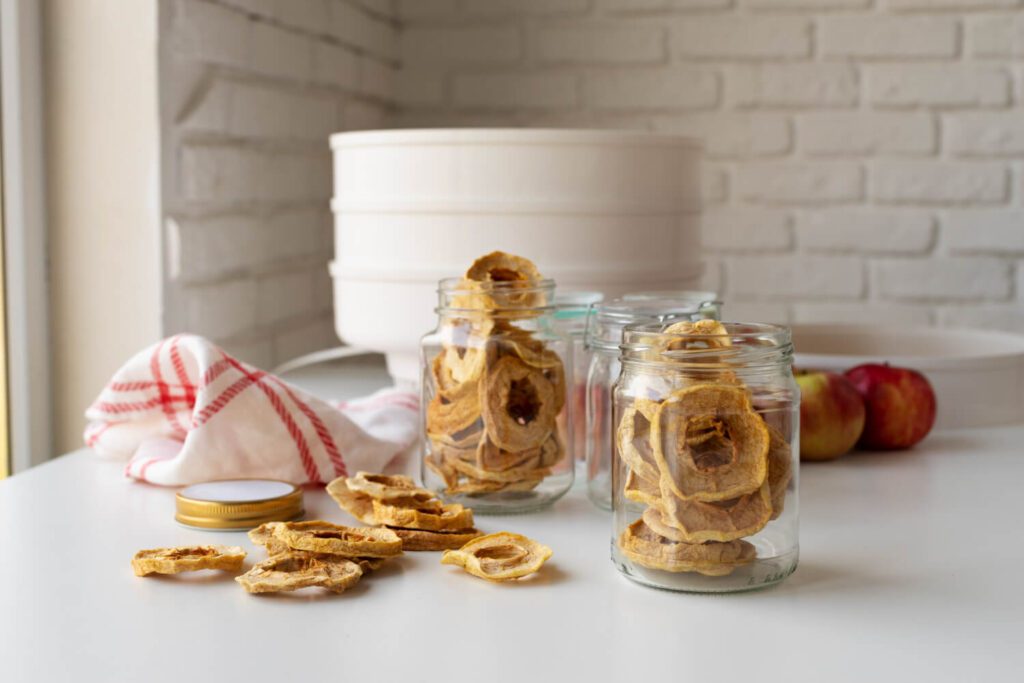
When you’re planning a serious survival pantry, it’s easy to focus on carbs and protein first, and you should. But over time, if that’s all you’ve got, you’ll feel the impact of missing nutrients. That’s where dried vegetables step in as one of those survival foods nobody talks about, yet they quietly cover crucial ground. They bring vitamins, minerals, and fiber to the table, helping to keep your body running right even when fresh produce is long gone. Plus, you’d be surprised how much life they bring back to otherwise bland survival meals.
The beauty of dried vegetables is that they retain much of their original nutrition and stay shelf-stable for years, sometimes even up to two decades if stored properly. They’re light, compact, and incredibly versatile, toss them into stews, soups, or even rehydrate them for a quick side dish. Beyond just nutrition, they also play a big role in fighting off food fatigue. When you’re eating from your stockpile day in and day out, having some variety can go a long way toward keeping morale up.
If you’re curious how people used to preserve food long before refrigeration, take a look at these old-time methods and see how they kept harvests fresh for years without modern tools. Techniques like sun drying, smoking, and air circulation aren’t just old-fashioned survival foods wisdom, they’re practical skills that still work today. Learning these time-tested preservation methods can help you extend the life of your stockpile and make sure you’ve got reliable, home-preserved vegetables ready when you need them most.
Molasses Oatmeal Cookies
In tough times, survival means more than just keeping your body going, your mindset matters just as much. Molasses oatmeal cookies hit that sweet spot between comfort food and practical survival fuel. With oats providing quick-burning carbohydrates and molasses packing in minerals like iron and calcium, these cookies are far more than just a treat. They store surprisingly well when kept in airtight containers, making them one of those survival foods nobody talks about, but you’ll be glad to have them on hand when meals start to feel a little too repetitive.
There’s real value in the emotional lift they bring. When you’re deep into your stockpile, a familiar, slightly sweet bite can do wonders for morale. And the best part? These kinds of old-fashioned recipes don’t take much to make and rely on ingredients that store well for the long haul. There’s a whole collection of survival recipes like this that could help you stock up smarter. See what’s been keeping families fed through tough times for generations.
When you step back and look at these lesser-known options, it’s clear they’ve earned a rightful place in every serious prepper’s pantry. These survival foods nobody talks about don’t make the flashy headlines, but they carry quiet strength. They’re the workhorses that last, deliver real nourishment, and often go unnoticed until they’re needed most. Building a reliable food stockpile means thinking beyond the obvious and including the foods that kept generations alive long before modern conveniences took over.
Think smart, and think ahead. While everyone else grabs the same basic supplies, you’ll have the advantage of variety, nutrition, and long-term staying power. If you’re serious about building a pantry that’s ready for anything, check out this collection of forgotten survival foods and preservation hacks. Better to learn them now than regret them later.

